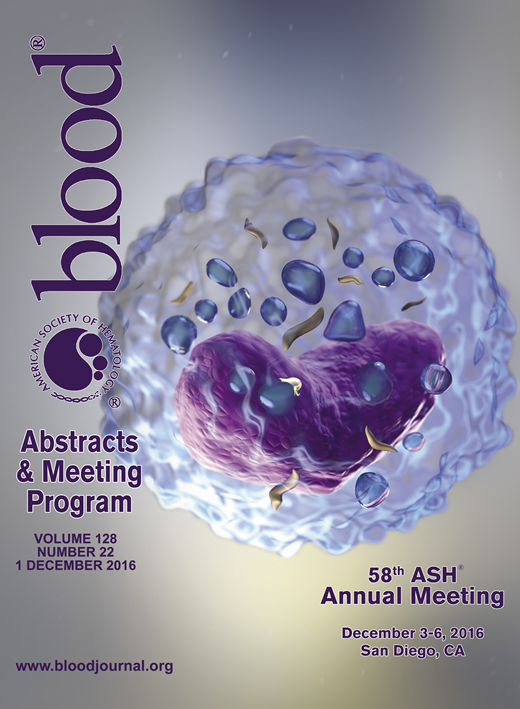Abstract
Ribonucleotide reductase (RR) is an enzyme that catalyzes the conversion of ribonucleotide diphosphate to deoxyribonucleotide diphosphate and is essential for de novo DNA synthesis, DNA repair, and cell growth. RR primarily exists as a heterodimer tetramer composed of regulatory subunit RRM1, and catalytic subunit RRM2. Overexpression or polymorphisms of RR are described non-small cell lung, pancreas, breast, and ovarian cancers. Moreover, RRM1 and RRM2 expression is highly correlated with patient survival in non-small cell lung and pancreas cancers. To date, the biologic significance in multiple myeloma (MM) has not yet been elucidated. In this study, we characterized the role of RRM1 and RRM2 in MM pathogenesis.
By examining 3 independent expression data from GEO database, we found that RR (especially RRM1) expression is higher in MM plasma cells than normal plasma cells. We examined RRM1 and RRM2 expression in 6 MM cell lines and 3 MM patients' tumor cells by quantitative real-time PCR and immunoblotting and confirmed that both RRM1 and RRM2 are highly expressed in these cells. We next knocked down both RRM1 and RRM2 in 4 MM cell lines (NCI-H929, MM.1S, RPMI8226, and KMS-11) using siRNA. Knockdown of RRM1 and RRM2 triggered significant growth inhibition, associated with apoptotic cells death evidenced by AnnexinV/PI staining, in NCI-H929 and MM.1S, but not RPMI8226 or KMS-11 cells. We next examined molecular mechanisms whereby RRM1 downregulation triggers MM cell death. Gene expression profiling showed that p53 regulated genes were overexpressed after RRM1 knockdown. We therefore further examined DNA damage response (phosphorylated-ATM, -ATR, -Chk1, and -Chk2, and gamma-Histone H2A.X) and p53 (phosphorylated-p53, p21, Noxa, Puma, Bax) signaling pathways and found that these pathways were activated in NCI-H929 and MM.1S (both p53 wild-type), but not in RPMI8226 (p53 mutant) or KMS-11 (p53 null) cells after RRM1 knockdown. To validate the role of RRM1 of in vivo, we subcutaneously injected MM.1S cells transduced with shRNA against RRM1 or shLuc into our mouse xenograft model and observed that tumor growth was significantly reduced in shRRM1-MM.1S cells versus shLuc-MM.1S cells. Clofarabine (CLO), a purine nucleoside analog, which allosterically inhibits both DNA polymerases and RRM1 is used to treat acute leukemia and chronic lymphocytic leukemia and has been studied preclinically in MM (Valdez et. al. Experimental Hematology 2013). We therefore next examined CLO as a potential therapeutic agent in MM. Consistent with RRM1 knockdown, CLO induced growth arrest in p53 wild-type cell lines (NCI-H929, MM.1S, and MOLP-8), but not in p53 mutant (RPMI8226, OPM2, U266) or null (KMS-11) cells. Moreover, CLO treatment combined with DNA damaging agents (Melphalan, Doxorubicin) triggered synergetic cell death in p53 wild-type MM cells.
Our results therefore demonstrate that RR, especially RRM1, is a novel therapeutic target in patients with wild-type p53 MM, and provide the basis for clinical evaluation of CLO, alone or in combination with DNA damaging agents, to improve patient outcome.
Hideshima:Acetylon: Consultancy; C4 Therapeutics: Equity Ownership. Anderson:Celgene: Membership on an entity's Board of Directors or advisory committees; Oncoprep: Equity Ownership; Gilead: Membership on an entity's Board of Directors or advisory committees; Oncoprep: Equity Ownership; Gilead: Membership on an entity's Board of Directors or advisory committees; Acetylon: Equity Ownership; Celgene: Membership on an entity's Board of Directors or advisory committees; Acetylon: Equity Ownership; Millennuim: Membership on an entity's Board of Directors or advisory committees; Millennuim: Membership on an entity's Board of Directors or advisory committees; C4 Therapeutics: Equity Ownership; C4 Therapeutics: Equity Ownership; Bristol Myers Squibb: Membership on an entity's Board of Directors or advisory committees; Bristol Myers Squibb: Membership on an entity's Board of Directors or advisory committees.
Author notes
Asterisk with author names denotes non-ASH members.

